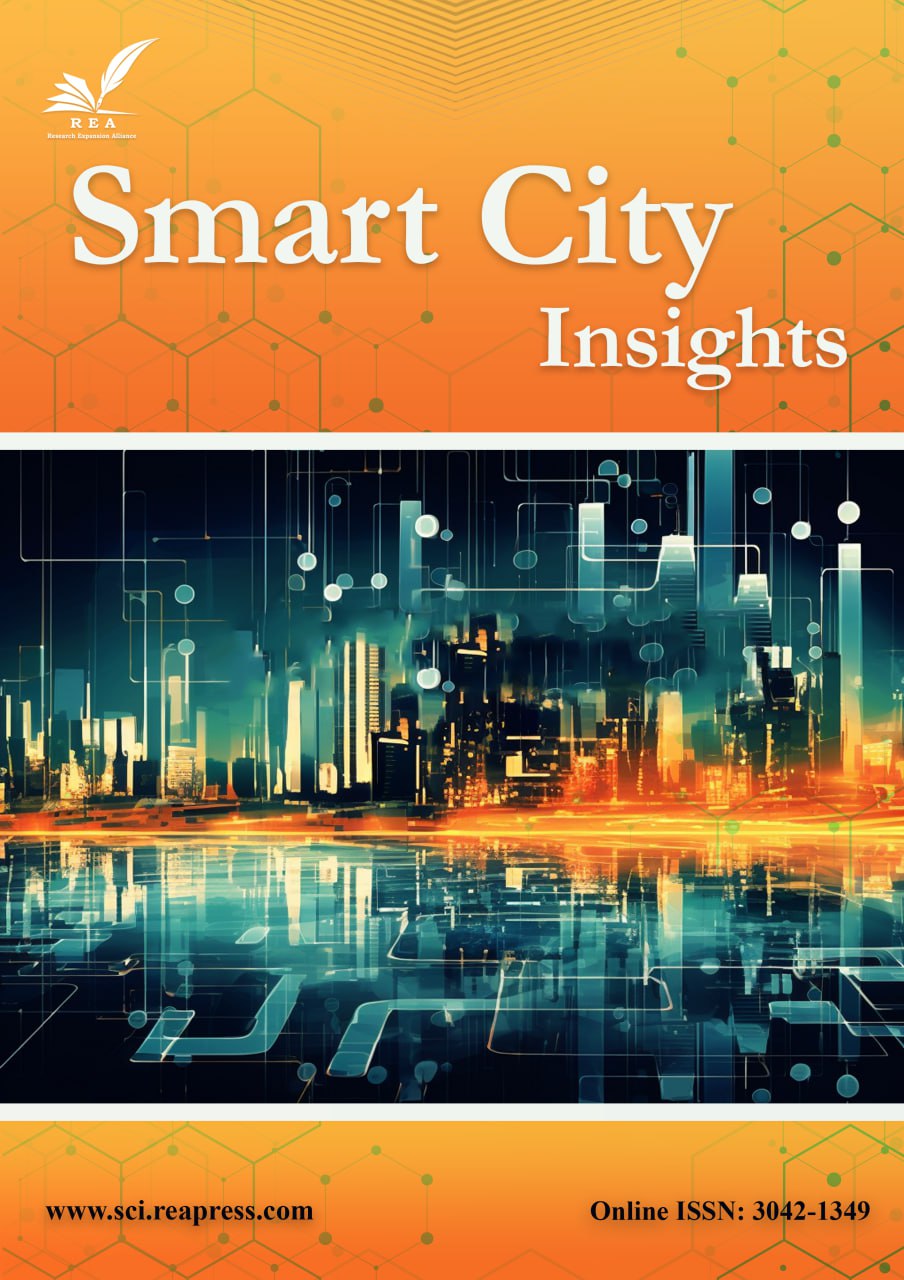AI and IoT urban pollution management strategies
Abstract
As urbanization accelerates, effective pollution monitoring has become critical for public health. This research presents an innovative framework integrating Artificial Intelligence (AI) with the Internet of Things (IoT) to facilitate real-time pollution monitoring in urban environments. The methodology involves deploying low-cost IoT sensors across urban zones to collect data on key pollutants such as PM2.5, NO2, and CO2. These data points are transmitted to a cloud-based AI system that employs advanced machine learning algorithms, particularly Long Short-Term Memory (LSTM) networks, to analyze trends and forecast pollution spikes. The pilot deployment of this system demonstrated an impressive prediction accuracy of 89% for pollution events, coupled with rapid response times for data processing. This solution empowers urban authorities to implement timely interventions and enhances public awareness regarding air quality by providing actionable insights. The implications of this research extend beyond immediate data collection, suggesting a robust framework that could significantly improve urban air quality management strategies and contribute to better health outcomes for city residents.
Keywords:
Pollution monitoring, Artificial intelligence, Internet of things, Urban air qualityReferences
- [1] Yoo, E. H., Rudra, C., Glasgow, M., & Mu, L. (2015). Geospatial estimation of individual exposure to air pollutants: moving from static monitoring to activity-based dynamic exposure assessment. Annals of the association of american geographers, 105(5), 915–926. https://doi.org/10.1080/00045608.2015.1054253
- [2] Bibri, S. E., & Krogstie, J. (2020). Environmentally data-driven smart sustainable cities: applied innovative solutions for energy efficiency, pollution reduction, and urban metabolism. Energy informatics, 3(1), 29. https://doi.org/10.1186/s42162-020-00130-8
- [3] Wu, C., Lu, S., Tian, J., Yin, L., Wang, L., & Zheng, W. (2024). Current situation and prospect of geospatial AI in air pollution prediction. Atmosphere, 15(12), 1411. https://doi.org/10.3390/atmos15121411
- [4] Subramaniam, S., Raju, N., Ganesan, A., Rajavel, N., Chenniappan, M., Prakash, C., … & Dixit, S. (2022). Artificial intelligence technologies for forecasting air pollution and human health: A narrative review. Sustainability, 14(16), 9951. https://doi.org/10.3390/su14169951
- [5] Essamlali, I., Nhaila, H., & El Khaili, M. (2024). Supervised machine learning approaches for predicting key pollutants and for the sustainable enhancement of urban air quality: A systematic review. Sustainability, 16(3), 976. https://doi.org/10.3390/su16030976
- [6] Kumar, A., Bag, A., Anand, A., Saha, S., Mohapatra, H., & Kolhar, M. (2025). Examining healthcare services utilizing cloud technology in intelligent urban environments. In Revolutionizing healthcare systems through cloud computing and iot (pp. 77–98). IGI Global. https://doi.org/10.4018/979-8-3693-7225-8.ch004
- [7] Dey, D., Majumder, A., Agrawal, Y., Tewari, S., & Mohapatra, H. (2025). Smart mobility revolution: harnessing IoT, sensors, and cloud computing for intelligent automobiles in the urban landscape. In Sustainable smart cities and the future of urban development (pp. 143–164). IGI Global Scientific Publishing. https://doi.org/10.4018/979-8-3693-6740-7.ch006


